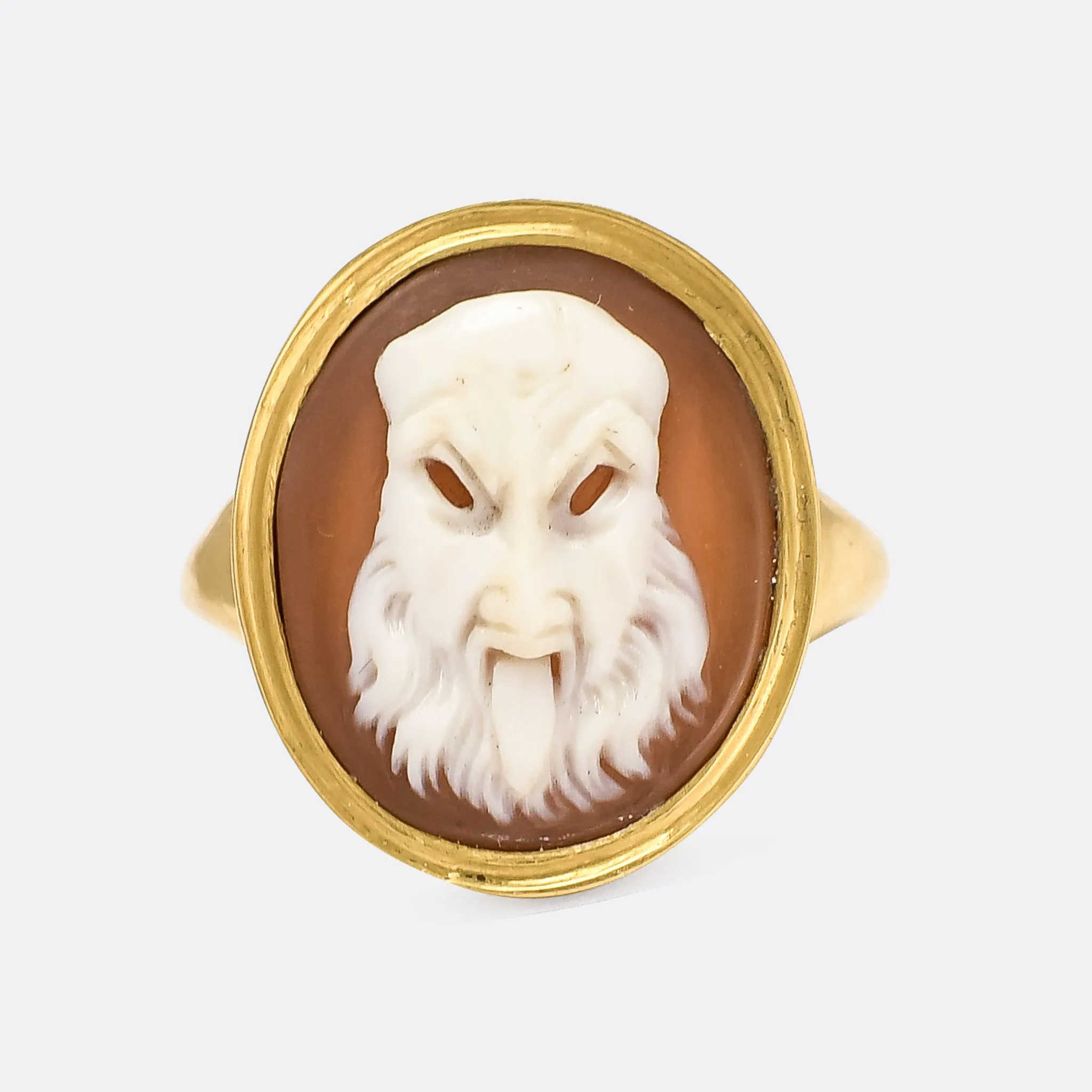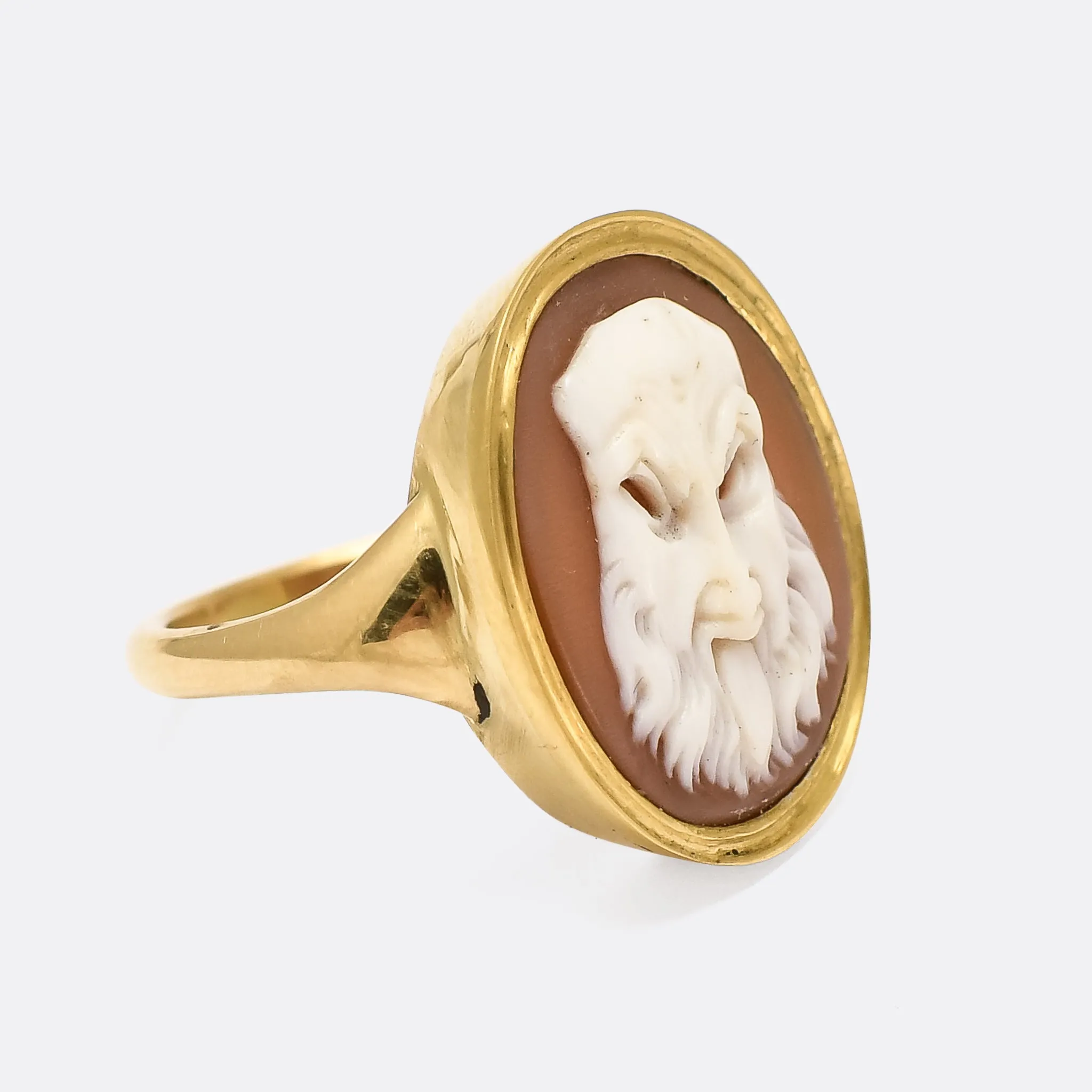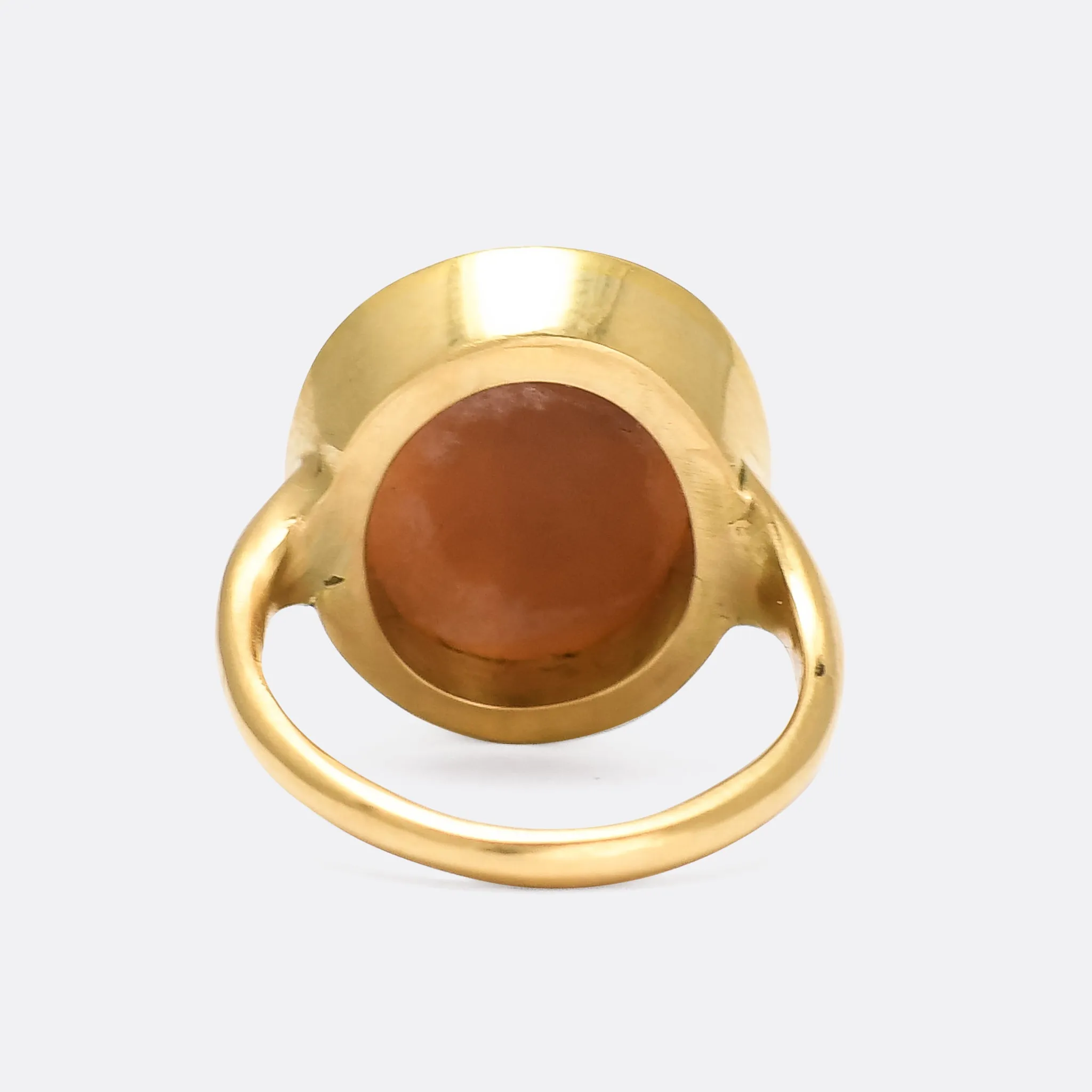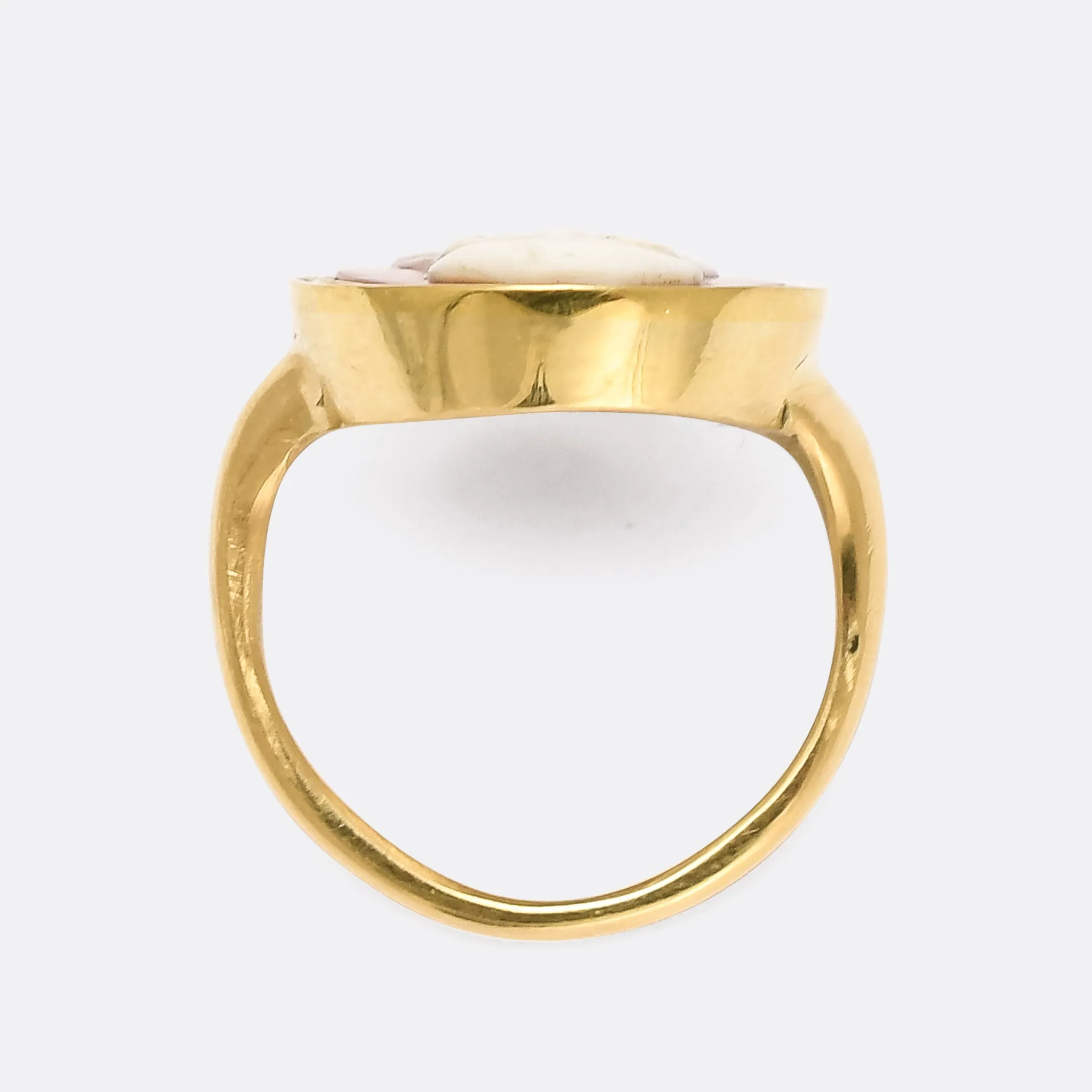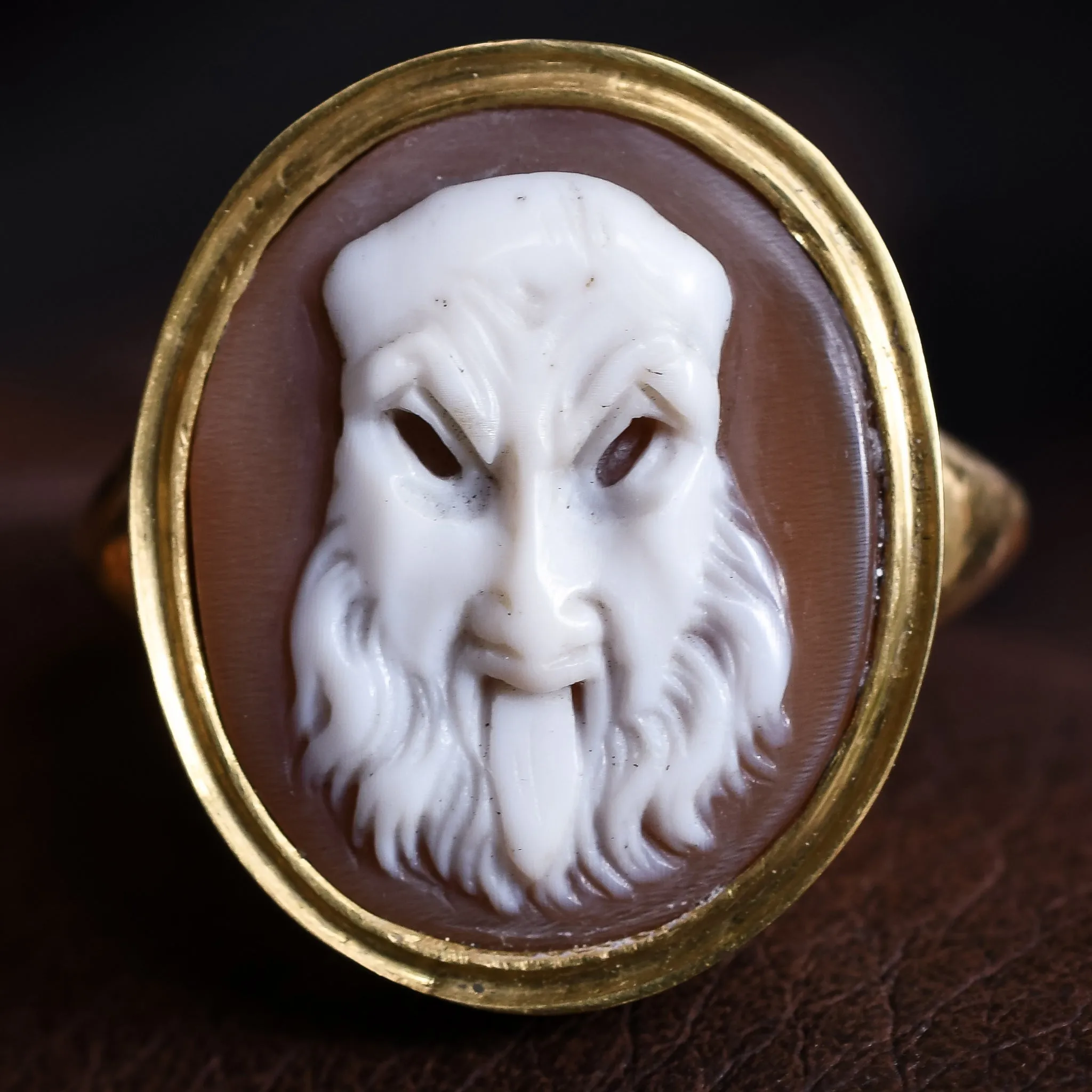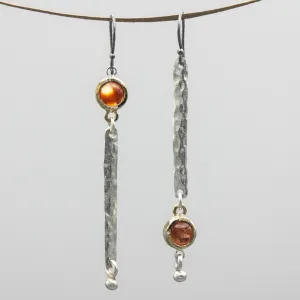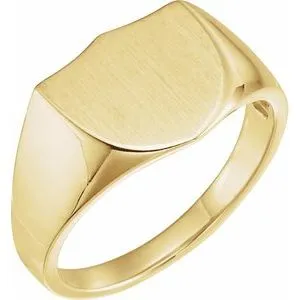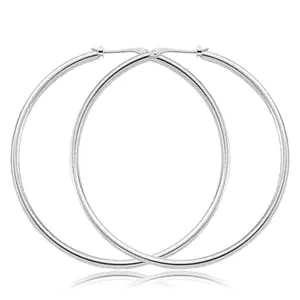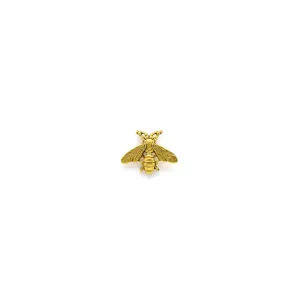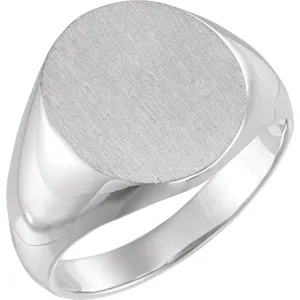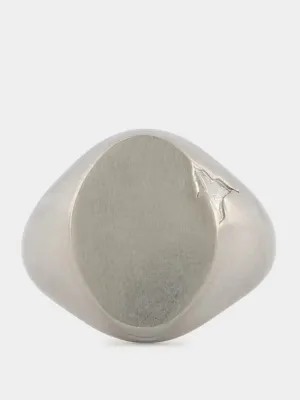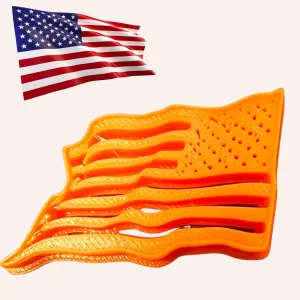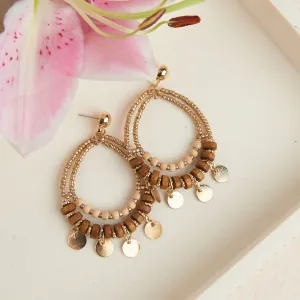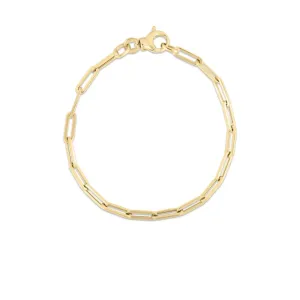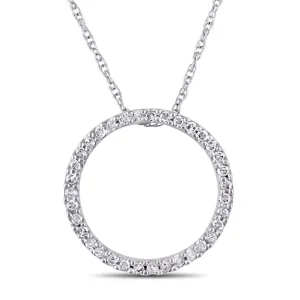DATE: Cameo, Georgian, c.1820 - Ring mount, contemporary
Theatre was one of the defining elements of ancient Greek culture, centred around Athens, and flourishing from 700 BC. The theatrical masks worn by the actors, known as prosopon (literally "face") served a range of important purposes, and would go on to become an important feature of the worship of Dionysus. During plays, however, they allowed individual actors to play more than one role (or gender) in the same play; the exaggerated expressions helped define the character being portrayed; they helped audience members in the distant seats to tell the characters apart, and also, since the small mouth openings acted like a small megaphone, helped the actors project their voices to the back of the theatron (this latter point is contested by some modern scholars). The two genres, tragedy and comedy, required different styles of masks, named after two daughters of Zeus. Tragic masks (called 'Melpomene;, the Muse of Tragedy) were typically more life-like, while the comedic masks ('Thalia', Muse of Comedy) were uglier and much more grotesque. They were made of lightweight organic materials such as wood, leather, linen, and real hair (animal or human). This example is (I think) a comedic Thalia, a reasonably hideous bearded man, face contorted and tongue stuck out.
The cameo is carved from conch shell, the mask carved from a white section over the usual dull pinkish brown background. It's particularly well detailed, and mounted in a modern gold ring (22k gold head, 18k gold band).
STONES
Shell Cameo
MEASUREMENTS
Head: 2.1 x 1.8cm
Width of band: 2.2mm
WEIGHT
9.1g
MARKS
No marks present, tests as 22k & 18k gold
CONDITION
Excellent

